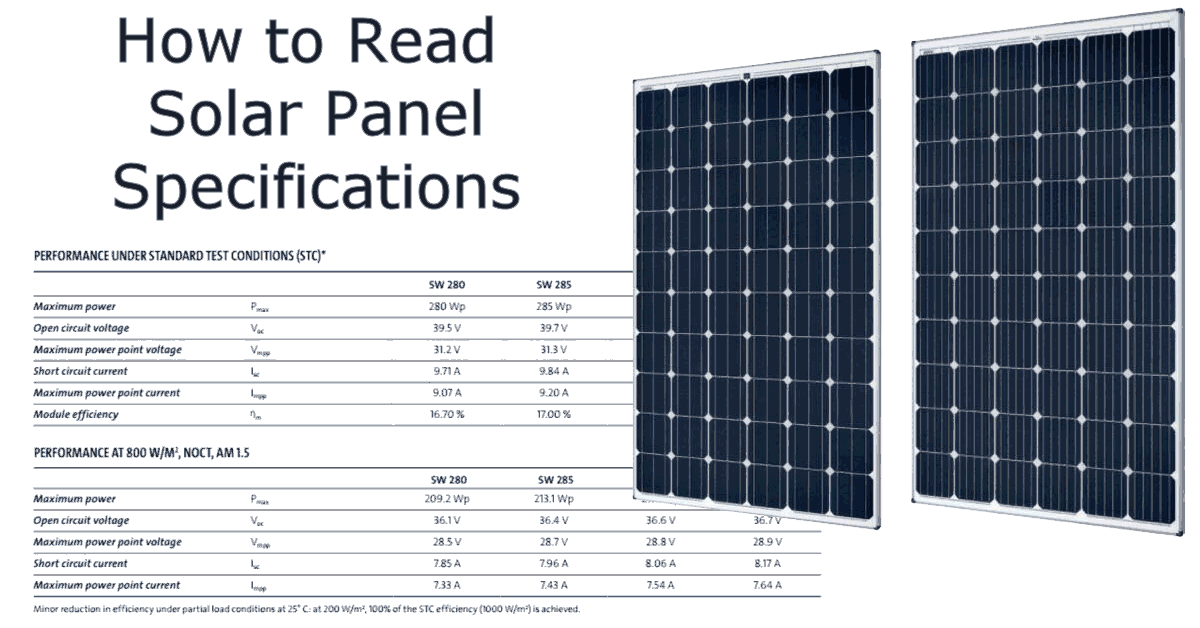Polycrystalline cells 0 4 to 0 43 c.
Compare temperature coefficient solar panels.
Ideally the temperature coefficient should be as close to zero as possible a panel that has a temperature coefficient of 0 4 c is preferable to one rated at 0 5 c.
The value for a typical solar panel of around 2400 pa 50 psf equates to a wind speed of around 63 m s which is 227 km hr or 141 mph.
Sunpower solar panels offer the industry best degradation rate at 0 32 year.
These types of winds are only seen in hurricane type conditions and it is likely that if you experienced these types of winds there would be a lot more damaged than your solar panels.
5 compare temperature coefficient.
The panasonic n series of panels are a good quality solar panel with a top efficiency on their 330 watt monocrystalline system of 19 7 and a very impressive temperature coefficient of 0 29 a figure which is equal best with the market leader sunpower.
Thin film panels can see temperature coefficients closer to 0 2 c.
Best solar panels ranked by temperature coefficient.
The temperature coefficient measures how much the power reduces for every degree rise in temperature above 25 c and that s panel temperature not ambient temperature.
Based only on the lowest temperature coefficient available in a panel here are the top four best solar panel manufacturers.
Solar panels are all rated at 25degc however when solar panels are installed on a roof they generally reach much higher temperatures.
The material of your roof can have an impact on the solar panel s temperature.
Temperature coefficient of power the output of a solar panel is inversely proportional to the temperature of the panel.
So if a panel is rated to have a temperature coefficient of 0 50 per c that panel s output power will decrease by a half of a percent for every degree the temperature rises about 25 c 77 f.
Although that number sounds small the surface temperature of a dark colored roof in the summer can be significantly higher than 25 c.
Thin film solar panels have a lower temperature coefficient than traditional monocrystalline or polycrystalline panels.
Power temperature coefficient is measured in per c lower is more efficient.
Monocrystalline ibc cells 0 29 to 0 31 c.
Their power drops as they get hotter.
Solar panels love sunlight but they hate heat.
Generally monocrystalline solar cells have a temperature coefficient of 0 5 degc.
Certain rooftops absorb more heat than others.
Monocrystalline cells 0 37 to 0 40 c.
Lg s solar panels offer above average temperature coefficient ratings ranging from 0 40 to 0 30 c.
This means a mono solar panel will lose half of one percent of its power for every degree the temperature rises.
Monocrystalline hjt cells 0 26 to 0 27 c.

